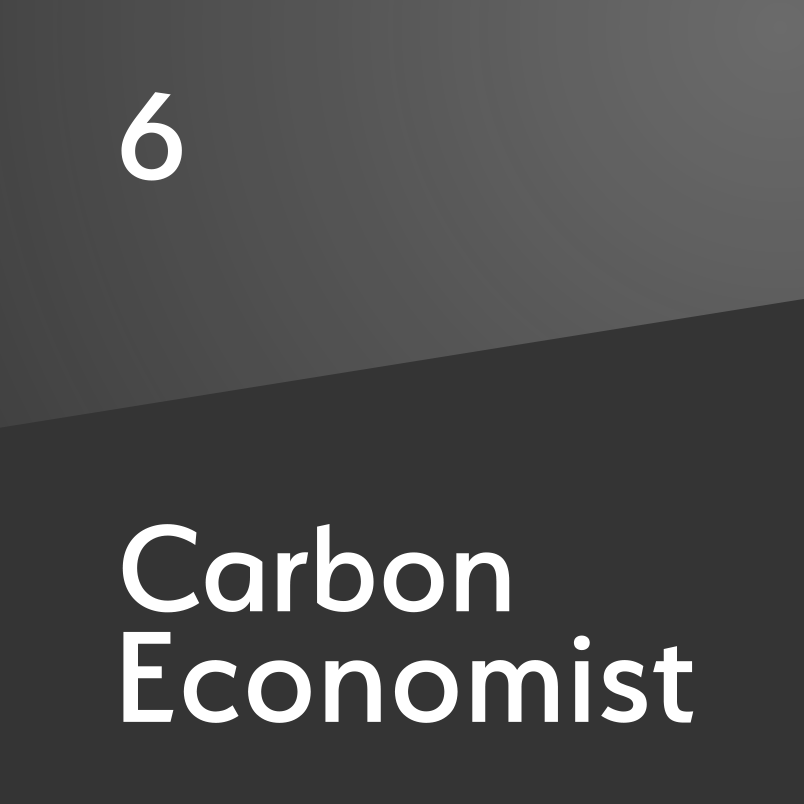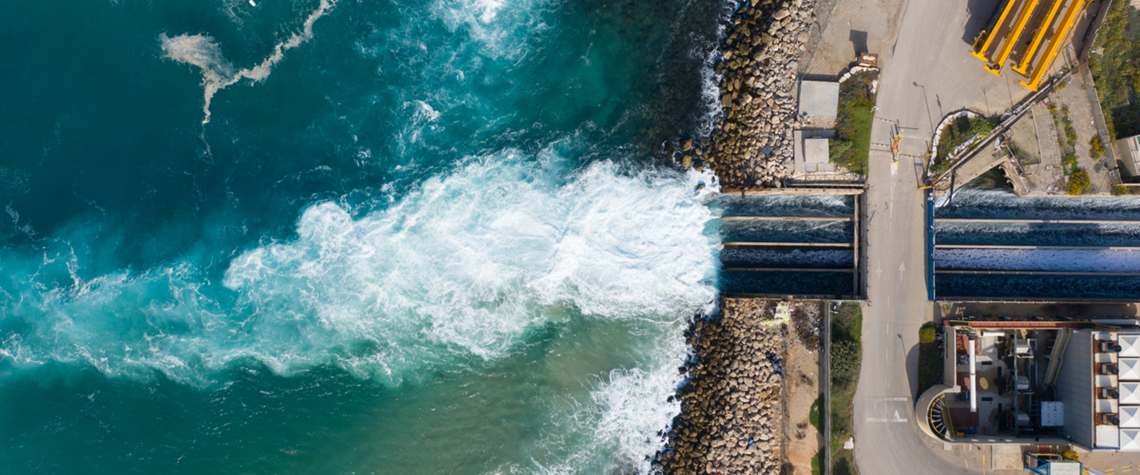Green hydrogen’s desalination challenge
Most green hydrogen capacity planned to 2040 is in potentially water-stressed regions, adding to project costs but not necessarily slowing deployment, says Rystad Energy
The vast majority of green hydrogen projects in the global pipeline are in regions likely to be short of fresh water in the future, according to recent analysis by Oslo-based consultancy Rystad Energy. As a result, they will need desalination plants to produce water for their electrolysers. “Using water to produce clean hydrogen will be a key factor for the energy transition, but most of the world’s planned green hydrogen projects are to be located in water-stressed regions,” says Minh Khoi Le, a renewable energy analyst at Rystad. “This creates a need for growth in the desalination market, and for more renewable energy to power it, adding more costs for developers.” More than 70pc of hydro

Also in this section
5 December 2025
European Commission highlights rapid growth of Chinese production this year, as it retains strict procurement rules in latest European Hydrogen Bank subsidy auction
2 December 2025
Oil major cites deteriorating demand and a planning debacle as it abandons one of UK’s largest blue hydrogen projects
1 December 2025
Project at Emden in northwest Germany due online in 2027, but wider ramp-up of clean hydrogen sector in Germany will require overhaul of government policy, company warns
25 November 2025
The northwest African country’s vision of integrating green power, molecules and steel is alive and kicking, and serves as a reminder of hydrogen’s transformative potential







